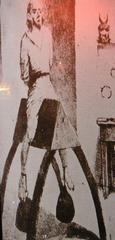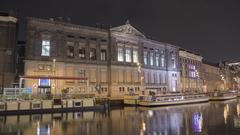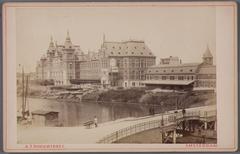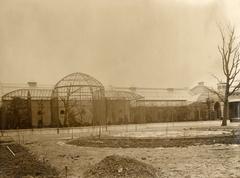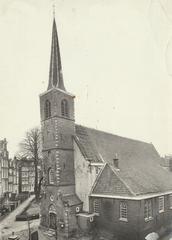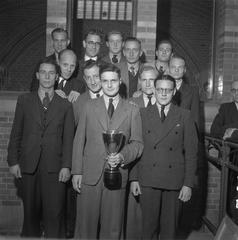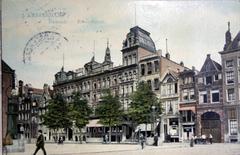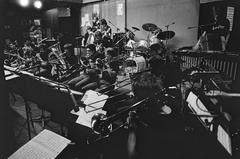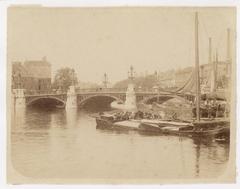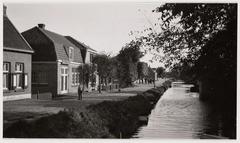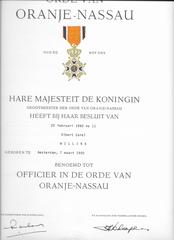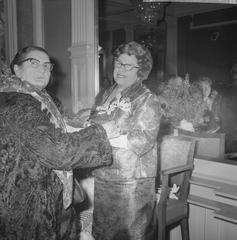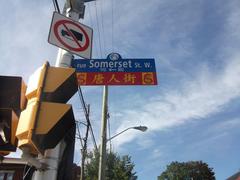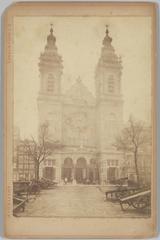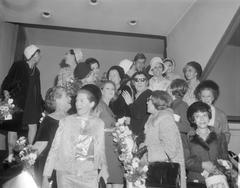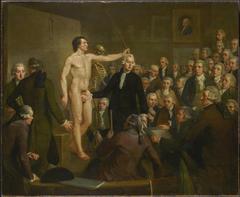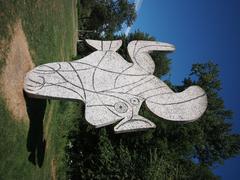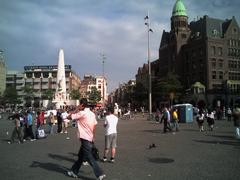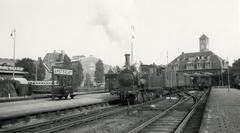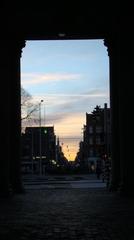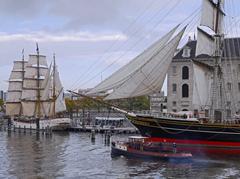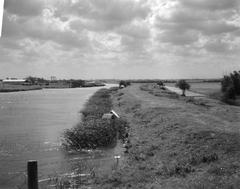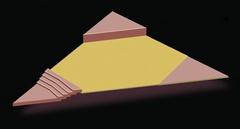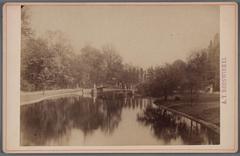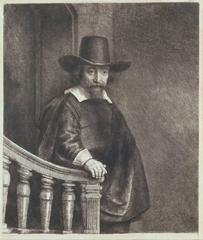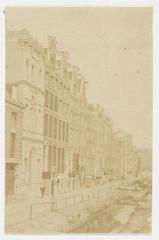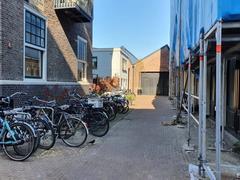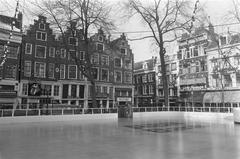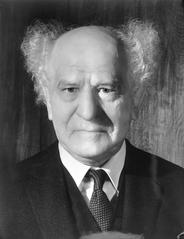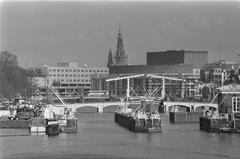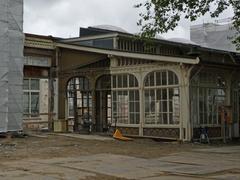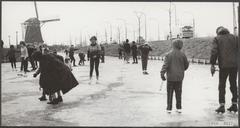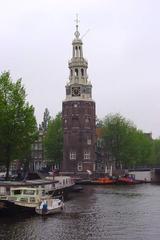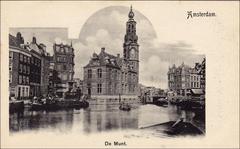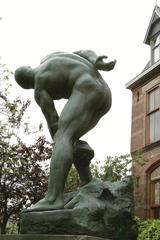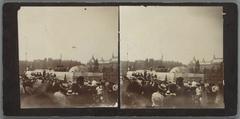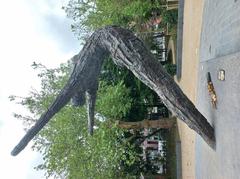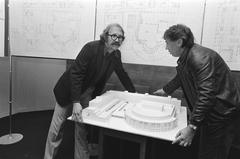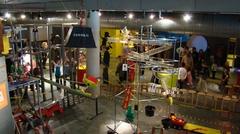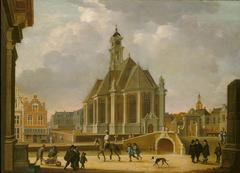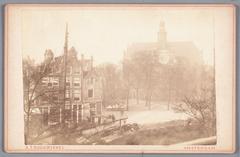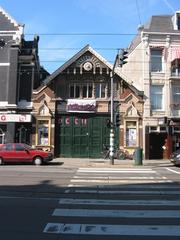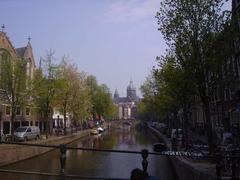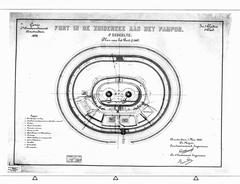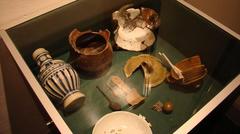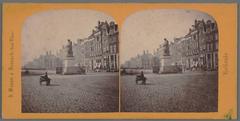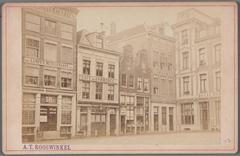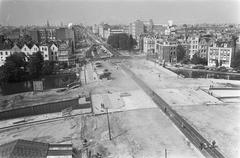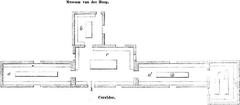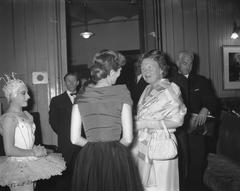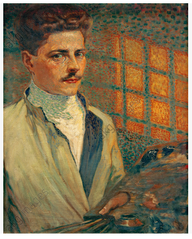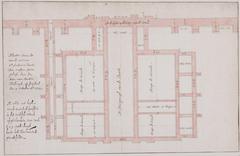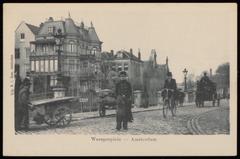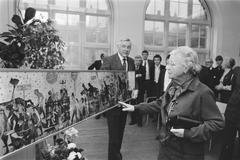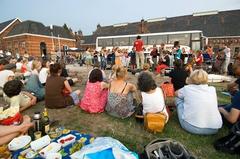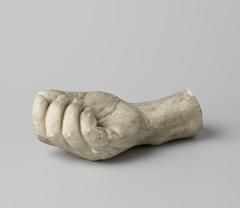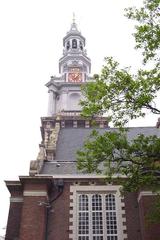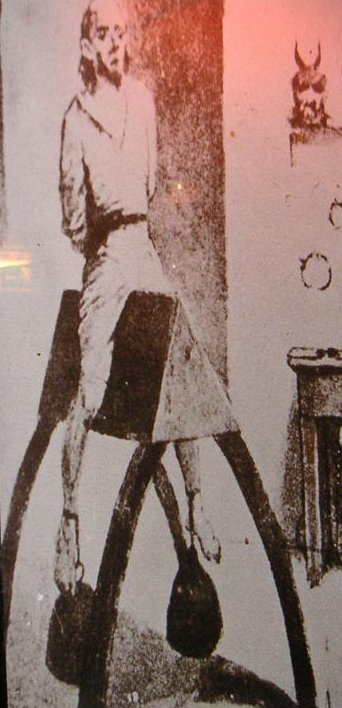
Torture Museum Amsterdam: Visiting Hours, Tickets, and Historical Insights
Publication Date: 18/07/2024
Introduction to the Torture Museum
The Torture Museum in Amsterdam, Netherlands, offers a unique and profoundly impactful educational experience. Established in the early 1980s, the museum delves into the grim realities of historical justice systems and human cruelty, aiming to foster a deeper understanding of human rights and humane treatment. Visitors are taken on a journey through dark chapters of human history, with exhibits focusing primarily on medieval torture practices such as the rack, the iron maiden, and the Judas cradle (Wikipedia on Rack). The museum’s layout, consisting of dimly lit rooms and narrow hallways, adds to the somber atmosphere, enhancing the visitor’s immersive experience. Located at Singel 449, 1012 WP Amsterdam, the museum is conveniently accessible and offers daily visiting hours from 10:00 AM to 11:00 PM, with tickets priced at €7.50 for adults and €4.00 for children aged 12-18 (Torture Museum Official Website). Beyond its historical exhibits, the museum also addresses contemporary issues, prompting critical reflection on the ongoing struggle to eradicate torture worldwide.
Table of Contents
- Introduction
- Origins and Establishment
- Medieval Torture Practices
- Evolution of Torture Methods
- Visiting Information
- Nearby Attractions
- Special Events and Tours
- Cultural Significance
- Visitor Tips
- Visitor Feedback
- Practical Information
- Conclusion
- FAQ
Origins and Establishment
The Torture Museum was conceived as a means to foster a deeper understanding of human rights and the importance of humane treatment. The founders aimed to create a space where visitors could confront the brutal methods of torture used throughout history.
Medieval Torture Practices
The museum’s collection primarily focuses on the medieval period, a time when torture was commonly used as a method of extracting confessions, punishing criminals, and instilling fear. Instruments such as the rack, the iron maiden, and the Judas cradle are prominently displayed. These devices were designed to inflict maximum pain and suffering, often leading to death. The rack, for instance, was used to stretch the victim’s body, dislocating joints and causing excruciating pain. The iron maiden, a sarcophagus-like device with spikes on the inside, would impale the victim when closed.
Evolution of Torture Methods
As legal systems evolved, so did the methods of torture. The museum showcases the transition from medieval to early modern torture techniques. During the Renaissance, there was a shift towards more psychological forms of torture.
Visiting Information
Opening Hours
The Torture Museum is open daily from 10:00 AM to 11:00 PM.
Tickets
Admission prices are €7.50 for adults, €5.00 for students (with valid ID), and free for children under 12. Tickets can be purchased online or at the museum entrance.
Location
The museum is conveniently located at Singel 449, 1012 WP Amsterdam, Netherlands.
Accessibility
The museum is wheelchair accessible, and guided tours are available upon request.
Nearby Attractions
While visiting the Torture Museum, consider exploring other nearby attractions such as the Anne Frank House, the Rijksmuseum, and the Van Gogh Museum. Amsterdam’s rich cultural landscape offers a variety of experiences for history and art enthusiasts alike.
Special Events and Tours
The museum occasionally hosts special events and guided tours that provide in-depth insights into specific aspects of its collection. Check the museum’s official website for the latest updates on upcoming events.
Cultural Significance
Educational Value
One of the primary purposes of the Torture Museum is to educate the public about the historical use of torture and its implications. The museum features a wide array of torture devices, each accompanied by detailed descriptions and historical context. This educational aspect is crucial for understanding the evolution of human rights and the legal systems that govern modern societies.
Cultural Reflection
The Torture Museum also serves as a cultural reflection of the societies that employed these brutal methods. The exhibits provide insight into the social, political, and religious factors that influenced the use of torture. For instance, during the Inquisition, torture was often justified as a means of purifying the soul and protecting the faith.
Ethical Considerations
The museum raises important ethical questions about the use of torture in contemporary society. While the exhibits primarily focus on historical practices, they also prompt visitors to consider the ongoing use of torture in various parts of the world.
Psychological Impact
The museum’s exhibits are designed to evoke a strong emotional response from visitors. The graphic nature of the displays, combined with the detailed descriptions of the suffering endured by victims, creates a powerful psychological impact.
Visitor Engagement
The Torture Museum employs various interactive elements to engage visitors and enhance their understanding of the exhibits. Audio guides, video presentations, and hands-on displays provide multiple ways for visitors to interact with the material.
Global Relevance
Torture has been used by societies around the world, and its legacy continues to affect contemporary human rights discussions. The museum’s global relevance is underscored by its efforts to highlight the universal nature of torture and the need for international cooperation to combat it.
Visitor Tips
- Timing: The museum is less crowded during weekdays, especially in the mornings.
- Duration: Allocate at least 1 to 1.5 hours to fully explore the museum.
- Accessibility: The museum is located in the heart of Amsterdam, making it easily accessible by public transport.
- Photography: Photography is allowed in most areas of the museum, but avoid using flash.
- Age Appropriateness: Due to the graphic nature of the exhibits, the museum is not recommended for young children. Parental discretion is advised for visitors under the age of 16.
- Language: The museum provides information in multiple languages, including English, Dutch, German, French, and Spanish.
Visitor Feedback
The Torture Museum has received mixed reviews from visitors, reflecting the diverse reactions to its unsettling subject matter. Many visitors appreciate the museum’s educational value and the opportunity to learn about a dark chapter in human history. They commend the detailed descriptions and the thought-provoking nature of the exhibits. However, some visitors find the museum’s content too disturbing and emotionally taxing.
Practical Information
- Location: The Torture Museum is situated at Singel 449, 1012 WP Amsterdam, Netherlands.
- Opening Hours: The museum is open daily from 10:00 AM to 11:00 PM.
- Admission Fees: As of 2024, the entrance fee is €7.50 for adults, €5.00 for students, and free for children under the age of 12. Discounts are available for groups and holders of the I Amsterdam City Card.
- Website: For more information, visit the official website.
Conclusion
The Torture Museum in Amsterdam is a significant cultural and educational institution that offers valuable insights into the history and impact of torture. Through its carefully curated exhibits, the museum educates visitors about the brutal practices of the past, encourages reflection on the ethical implications of torture, and underscores the importance of preserving history. By engaging visitors on multiple levels, the museum ensures that the lessons of the past are not forgotten and that the fight for human rights continues. For more information, you can visit the Torture Museum’s official website.
FAQ
- What are the Torture Museum’s opening hours? The museum is open daily from 10:00 AM to 11:00 PM.
- How much are tickets to the Torture Museum? Admission prices are €7.50 for adults, €5.00 for students, and free for children under 12.
- Are there guided tours available? Yes, the museum offers guided tours that provide in-depth information about the exhibits. Check the official website for scheduling and booking.
Sources and Further Reading
- Exploring the Torture Museum in Amsterdam - History, Visiting Hours, and Tickets, 2024, Anonymous https://www.torturemuseum.com
- Wikipedia on Rack, 2024, Wikipedia https://en.wikipedia.org/wiki/Rack_(torture)
- Exploring the Torture Museum in Amsterdam - History, Significance, and Visitor Information, 2024, Anonymous https://www.torturemuseum.com
- Visiting the Torture Museum in Amsterdam - Hours, Tickets, and Visitor Tips, 2024, Anonymous https://www.torturemuseum.com
